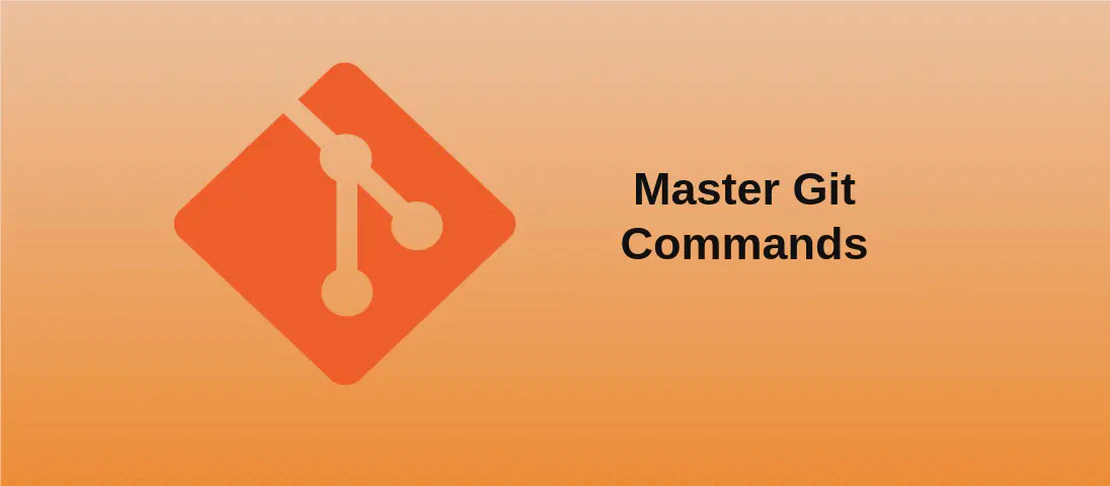Commands
- Home /
- Commands

How to Use the Command `gio trash` (with Examples)
The gio trash command is a versatile tool within the GNOME desktop environment that allows users to manage their trash efficiently.
Read More
How to Use the Command `git diff-files` (with Examples)
The git diff-files command is a powerful tool within the Git version control system that allows developers to compare the changes in their working directory with the versions stored in the index, using SHA-1 hashes and modes.
Read MoreCategories
- aa (4)
- adb (4)
- amass (3)
- android (3280)
- ansible (6)
- apt (7)
- apx (3)
- aws (39)
- az (33)
- brew (2)
- btrfs (11)
- bundletool (2)
- cargo (25)
- choco (13)
- clang (2)
- clear (2)
- conda (2)
- cradle (5)
- cs (6)
- dconf (3)
- docker (33)
- doctl-databases (8)
- dolt (13)
- dotnet (8)
- dpkg (3)
- dvc (12)
- fc (4)
- fossil (4)
- freebsd (8)
- gh (28)
- git (181)
- gitlab (2)
- glab (9)
- gnmic (3)
- go (17)
- gpg (2)
- hg (13)
- http (3)
- hub (8)
- ip (6)
- iptables (2)
- kubectl (14)
- linode-cli (9)
- linux (4593)
- lxc (2)
- macos (3266)
- mate (6)
- netbsd (6)
- nix (5)
- nmcli (7)
- npm (6)
- odps (6)
- openbsd (7)
- openssl (8)
- osx (207)
- pacman (9)
- php (4)
- pio (21)
- pip (2)
- pkgctl (6)
- po4a (3)
- podman (8)
- pueue (21)
- puppet (2)
- pyats (2)
- qm (42)
- rails (4)
- rc (3)
- reg (12)
- rustup (18)
- salt (3)
- set (4)
- ssh (5)
- st (3)
- sunos (9)
- tailscale (3)
- terraform (2)
- tlmgr (21)
- toolbox (8)
- transmission (6)
- virsh (14)
- vue (3)
- windows (3450)
- xbps (3)
- xml (12)




